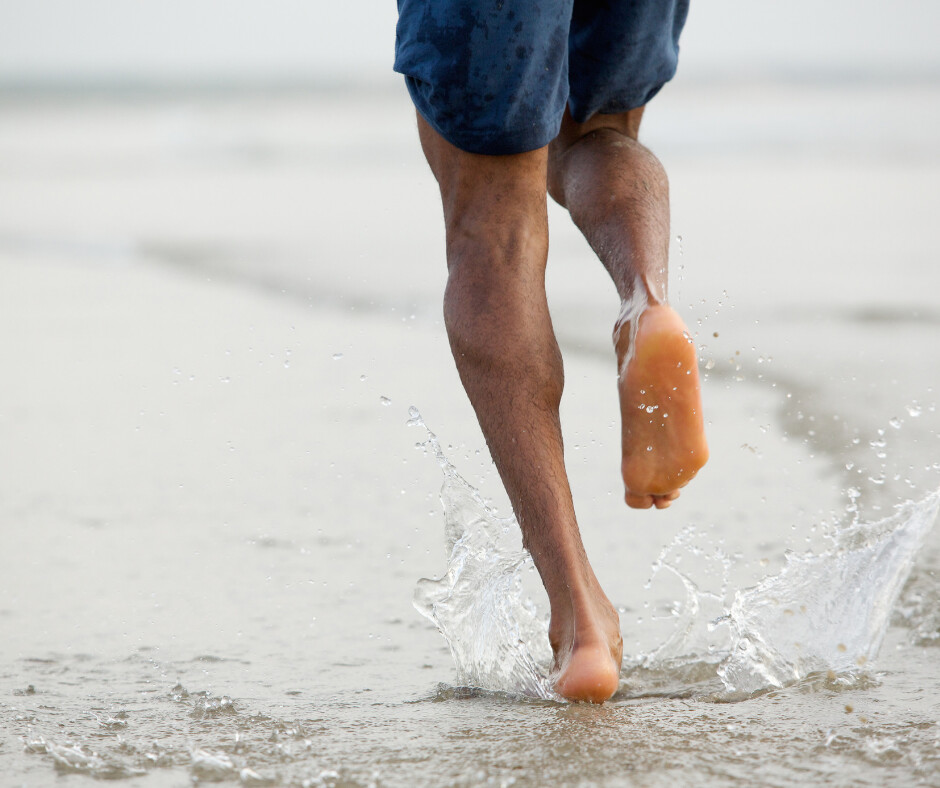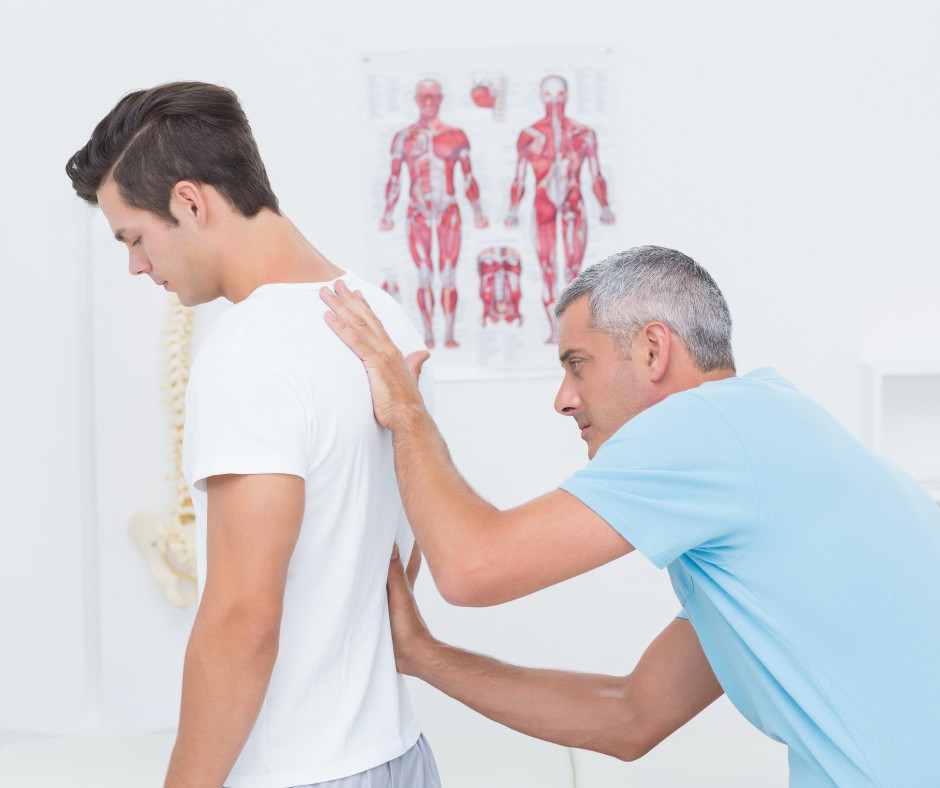
Some of the world’s fastest distance runners run barefoot or with a minimal layer of protection under their feet. This observation has lead to podiatrists and shoe manufacturers revaluating what it takes to have healthy happy feet. Dr. William Rossi was one of the first to look at the history of footwear and it's affect on the natural structure of the foot. Fashion trends and misinformation continues to have negative affects on foot health for many, resulting in issues like bunions, hammer toes, shin splints, the need for orthotics, etc. When you are born, your toes are wide spread and are the widest part of your foot. Even the first pair of shoes you wore may have restricted you feet in unhealthy ways. Here are some interesting healthy happy feet facts to consider.
Toe Splay and Toe Spring
Podiatrist Dr. Ray McClanahan says that "re-establishing toe splay is the single most important action we can perform to improve short-term and long-term foot health." So he developed a silicone insert called Correct Toes that gently spreads the toes back to their natural position. Some of the top distance runners used Correct Toes while preparing for the 2012 London Olympics. Shoes most often narrow and rise in the toe area. This forces your toes together and upward which can cause more foot issues.
Rigid Shoe Uppers
From baby shoes to hiking boots, it's long been believed that rigid uppers were necessary for ankle support. But the truth is that strong tendons and ligaments provide the most support. It is best for your foot and lower leg to work as nature intended. If you choose a shoe with an upper because of weather or brush, make sure it is breathable and flexible so that your foot and ankle can move naturally.
Shoe Soles
Hiking boots have traditionally had thick heavy steel shanked soles. But a thinner and more flexible sole will enable you to feel the ground better. This allows your brain to make adjustments that can minimize falls and injury. Having less material between your foot and the ground also lowers your center of gravity which can result in a lesser risk of ankle sprains. Having heavy lugs on hiking boots does not necessarily give you more traction and stability. It is having having fully functioning feet with proper toe splay that can give you more stability. A grippy thin sole can give you any traction that is needed.
Heel Elevation
Having any kind of heel will pitch your body forward and force you to compensate. It causes your chest, shoulders and head to get pushed forward of your normal center of gravity. This can leading to tight shoulders and upper back and possible headaches and neck pain. It also increases the pressure on the balls of your feet. This can potentially create hammer toes, bunions, and other foot issues. In addition, your Achilles tendon and calf muscles shorten and can can become chronically tight, increasing the risk for injury and knee pain.
Tapered Toe Box
Most shoes are tapered at the toes. In many cases, this does not allow your toes to splay and lie in their natural position. Your toes are meant to help you balance and grip. Your body relies on a wide, stable base for optimal mechanical function. When your toes are in a narrow toe box, you lose surface area for pushing off every time you step and even when you’re just standing. This forces your body to compensate and shifts more stress to other parts of the feet as well as to the knees, hips and lower back.
Did this help you? If so, I'd greatly appreciate it if you commented and/or share it on social media.

Email: sharonledwards@hotmail.com
Facebook: https://www.facebook.com/sharonledwardsbiz/
















0 Comments